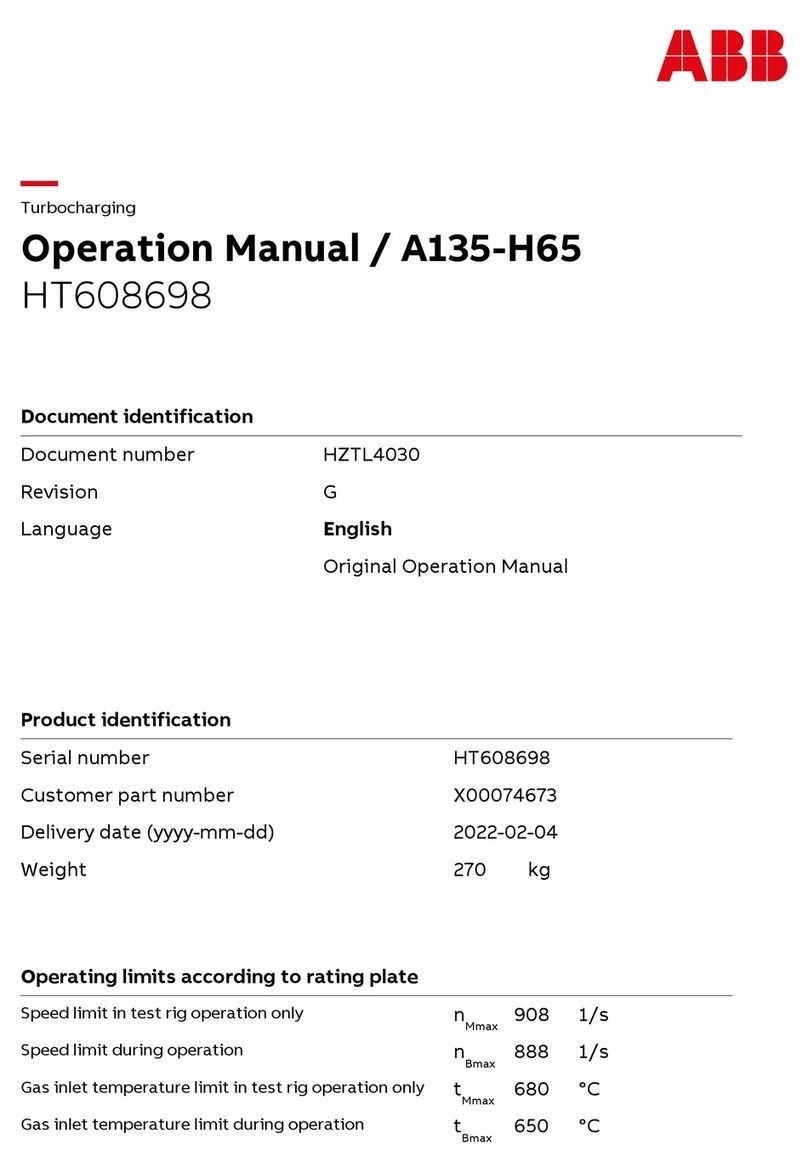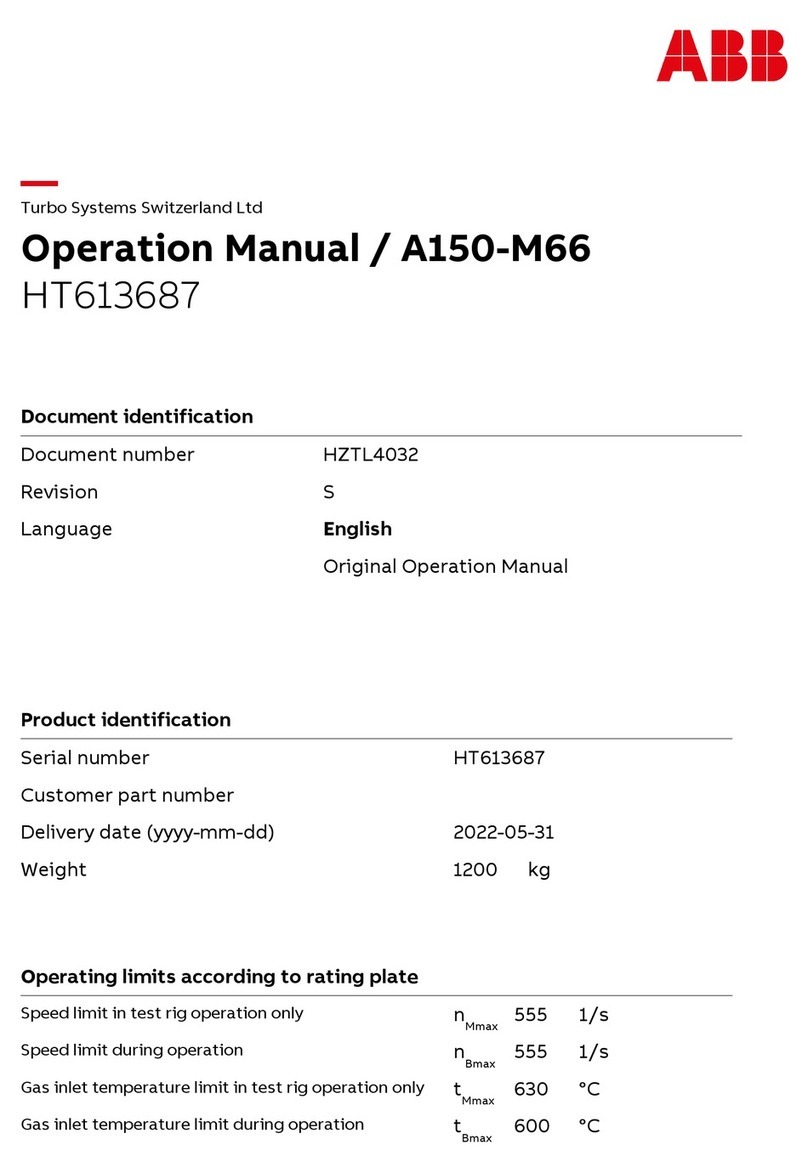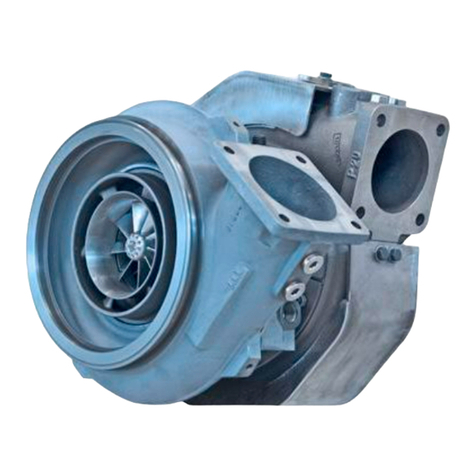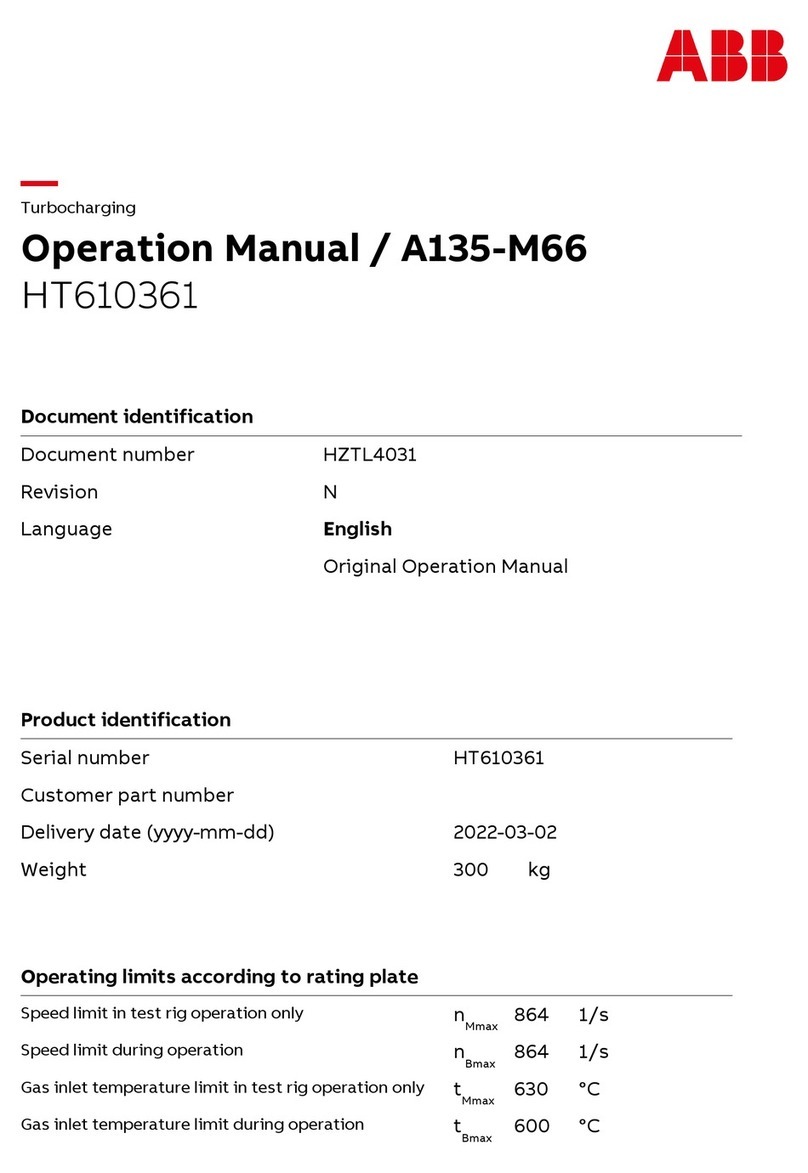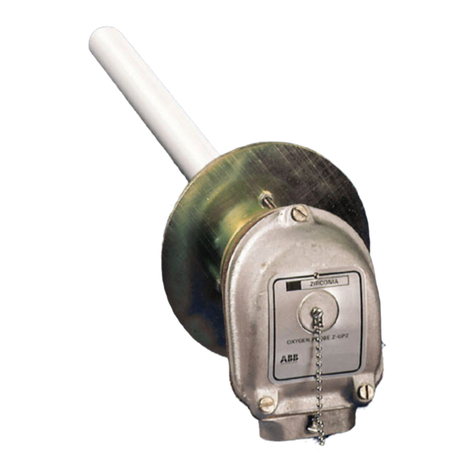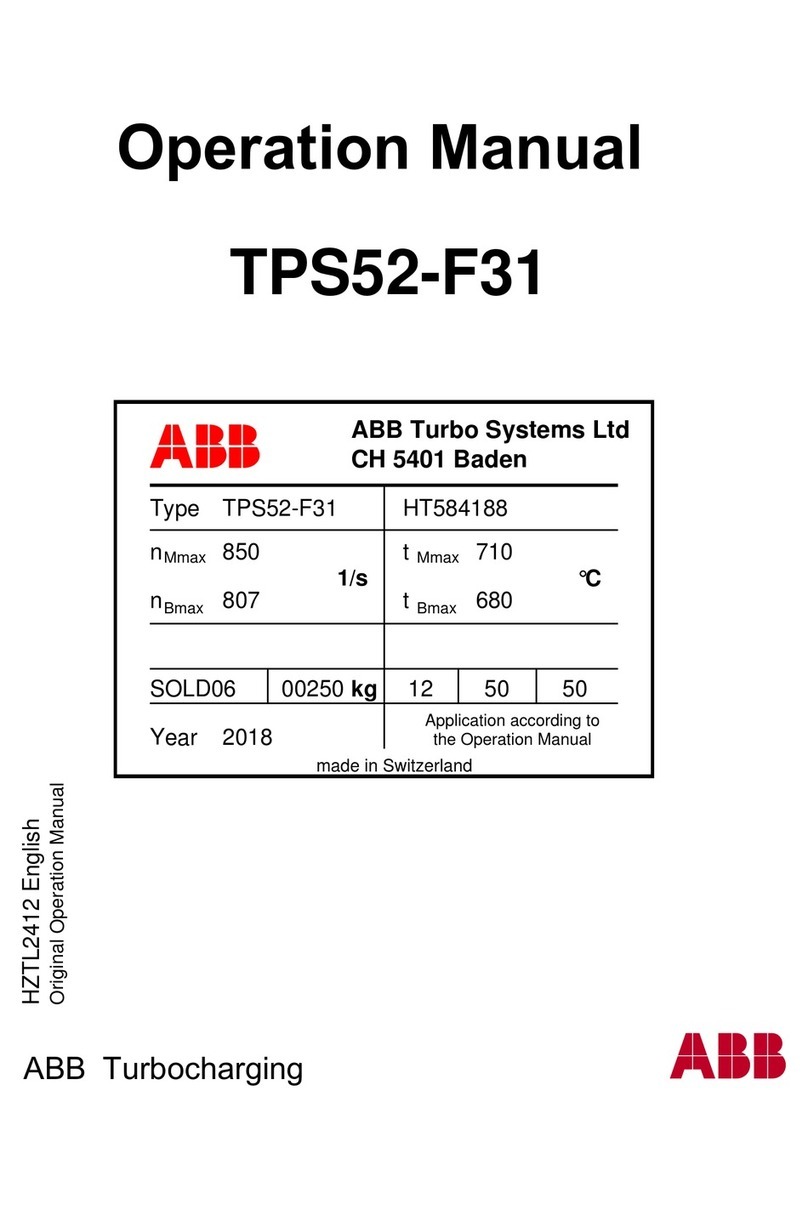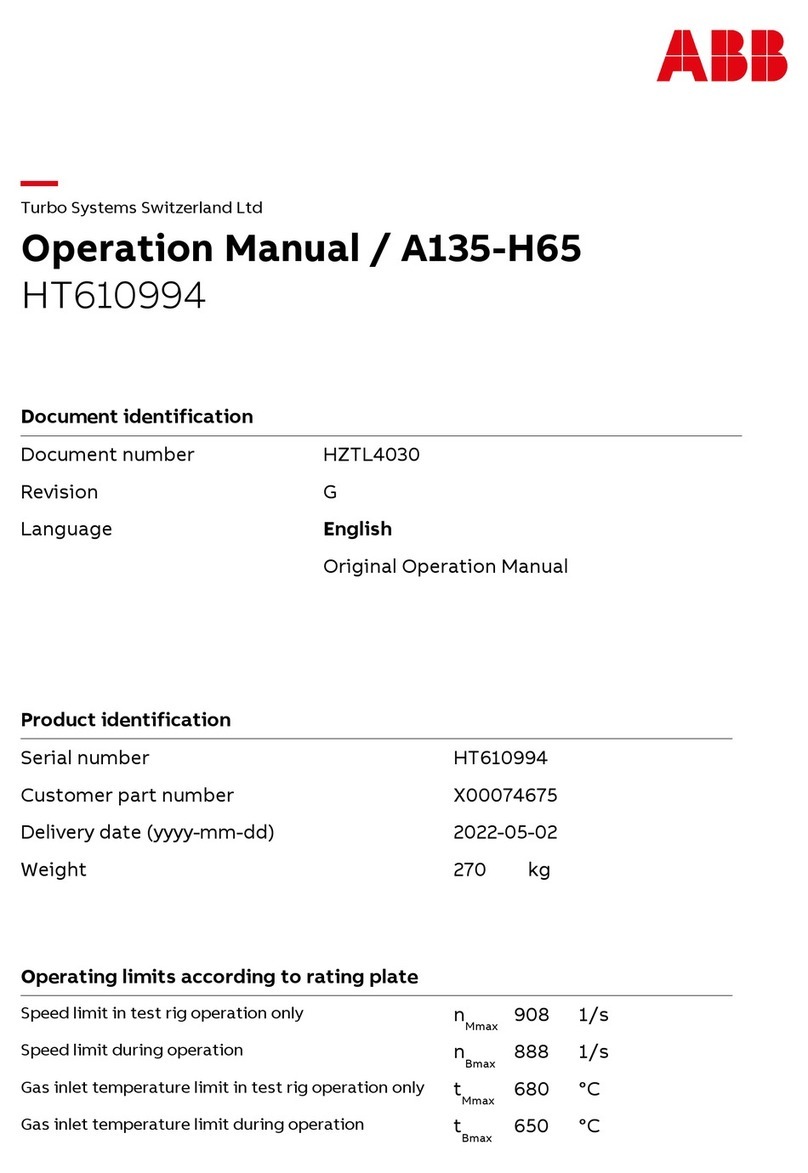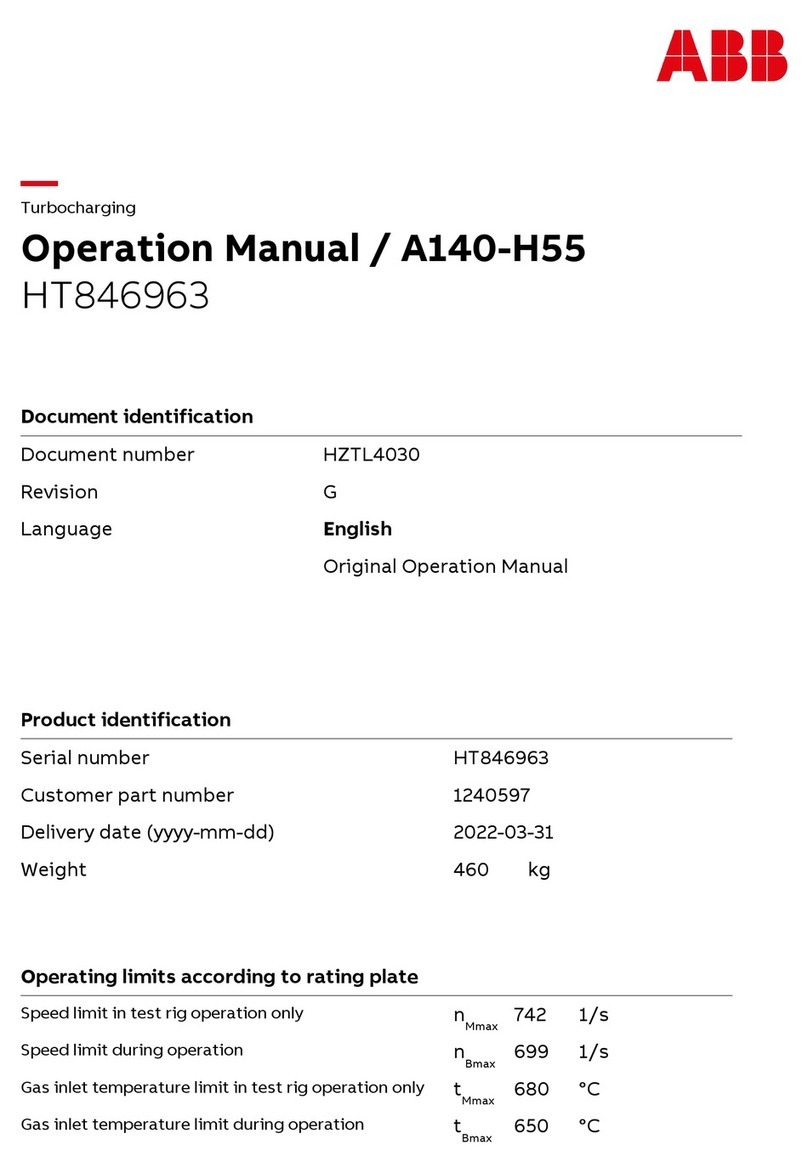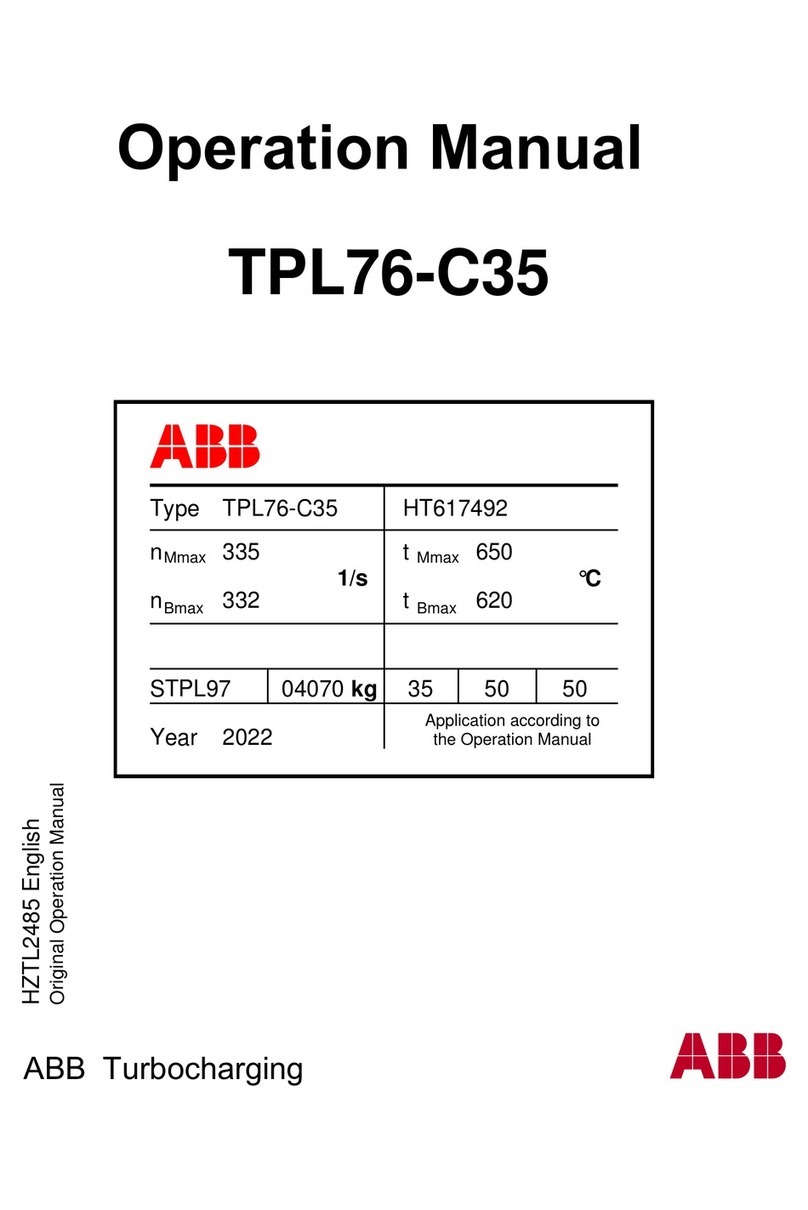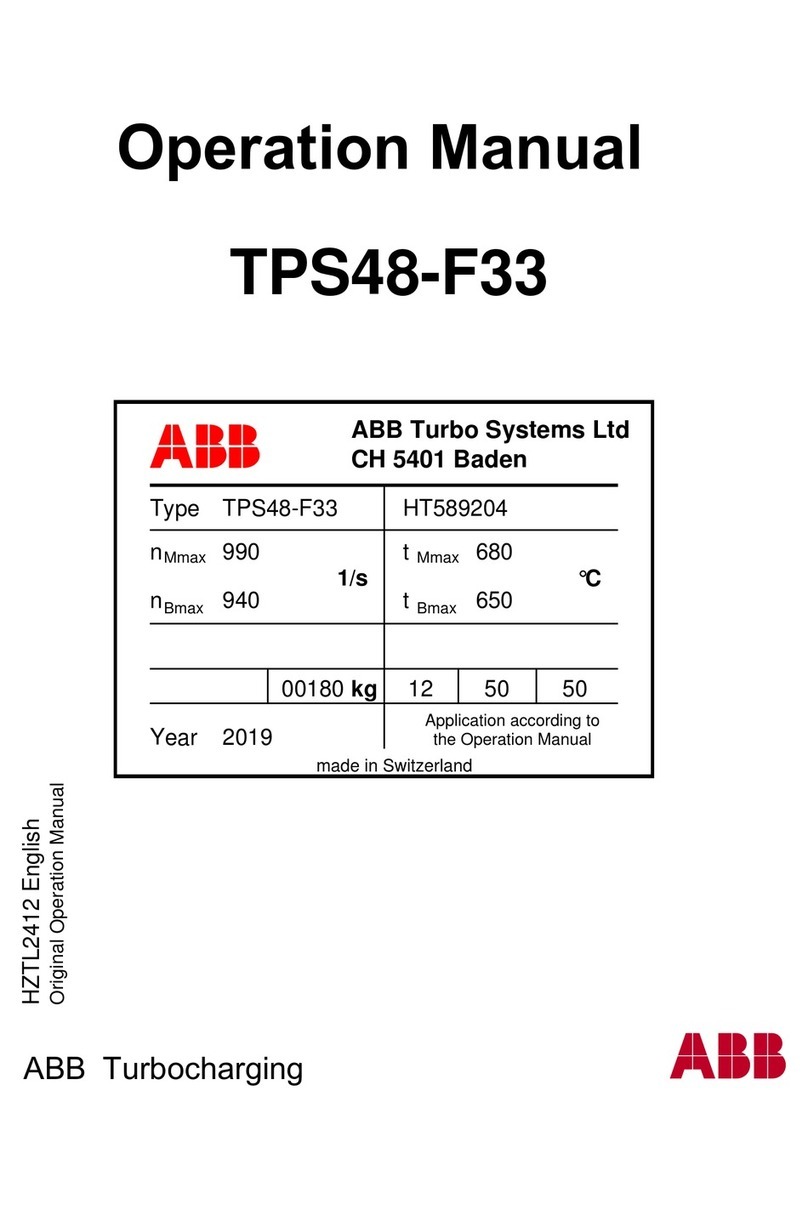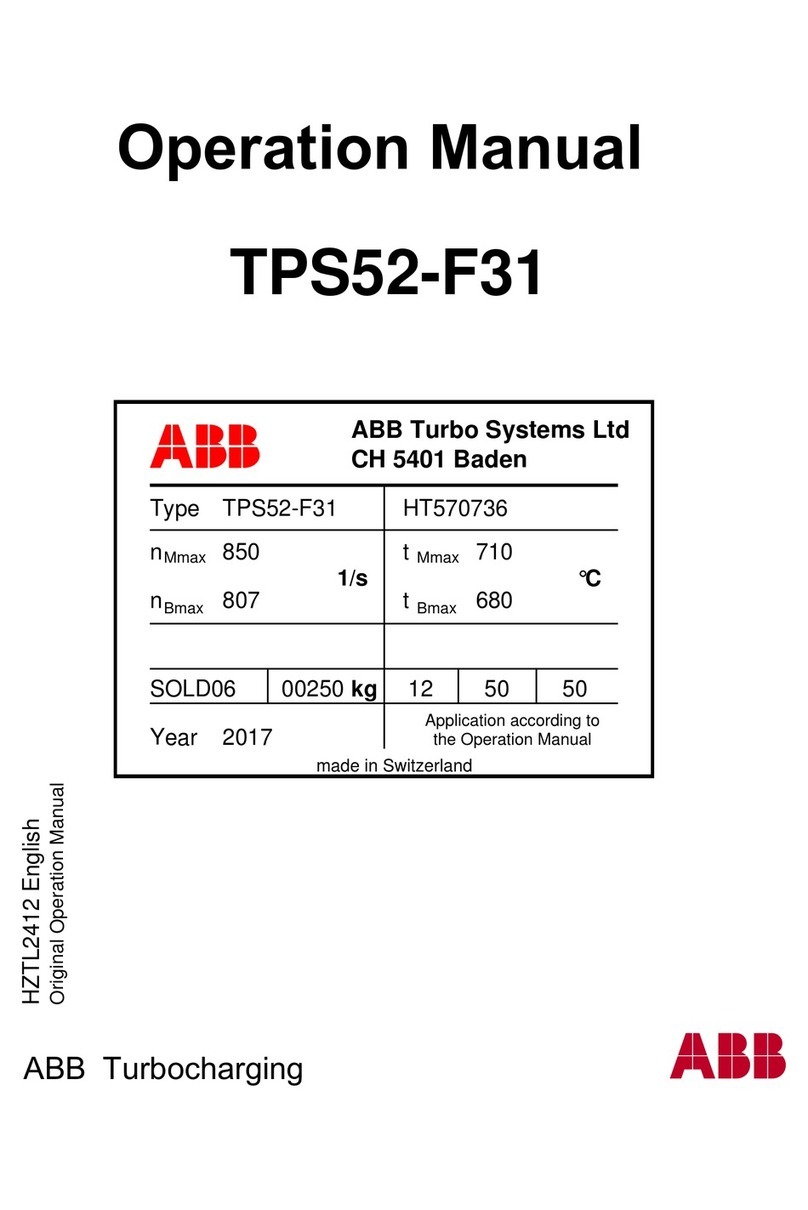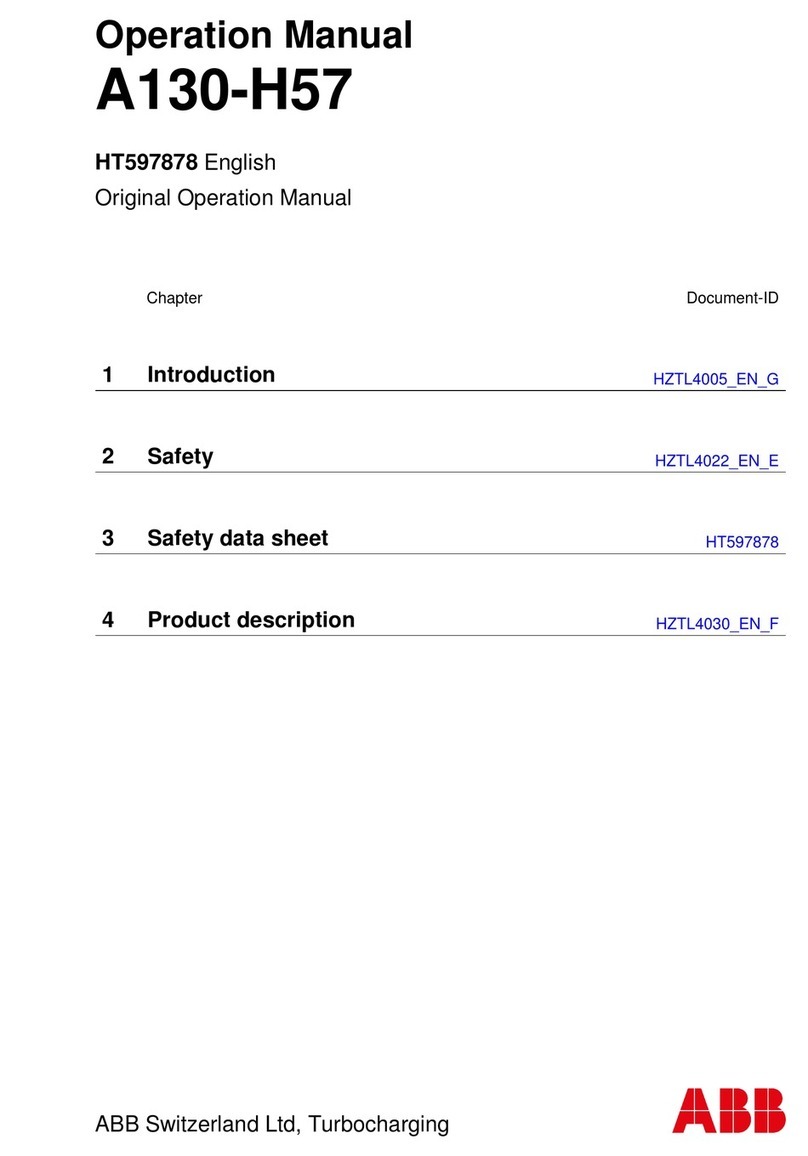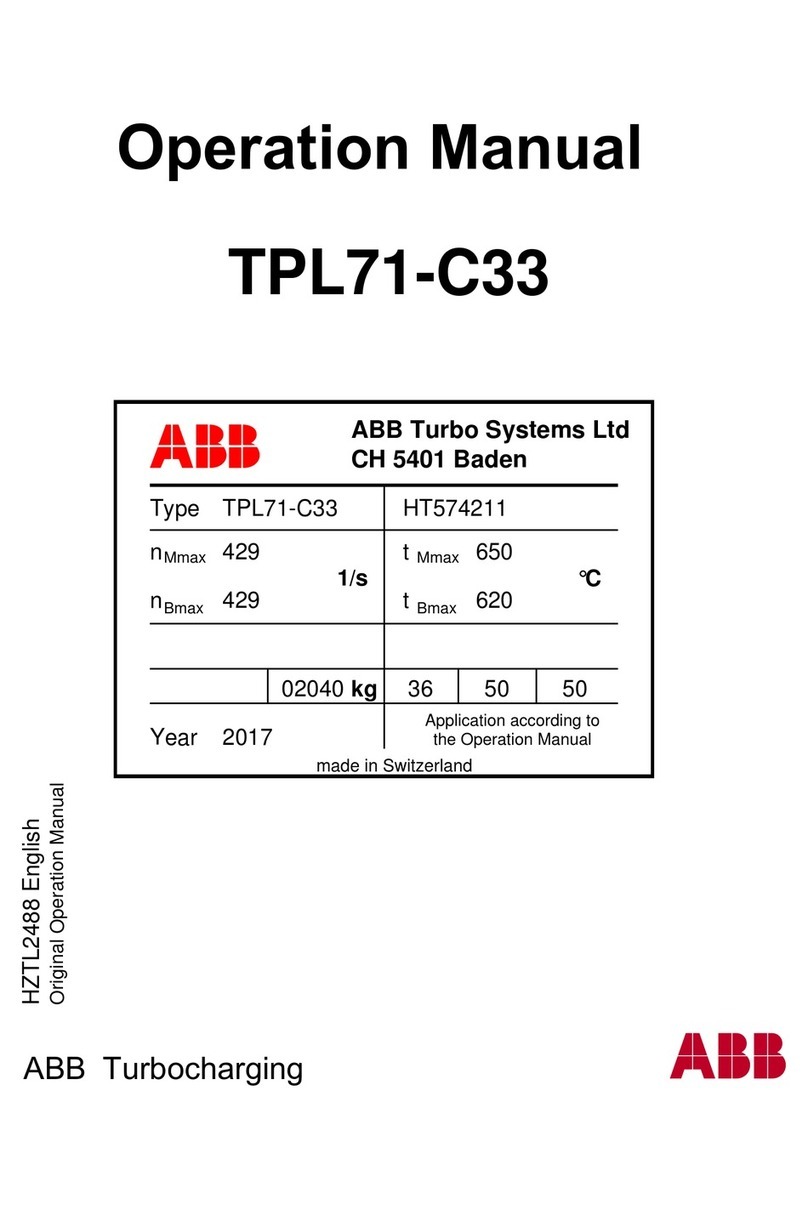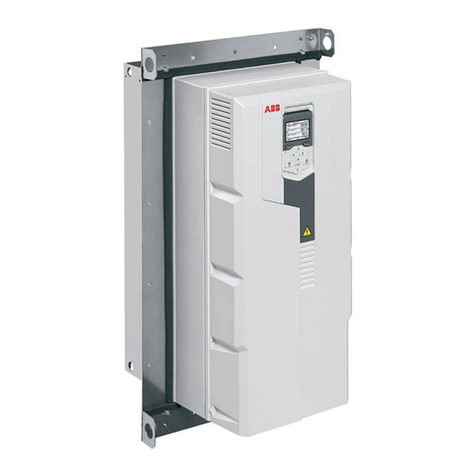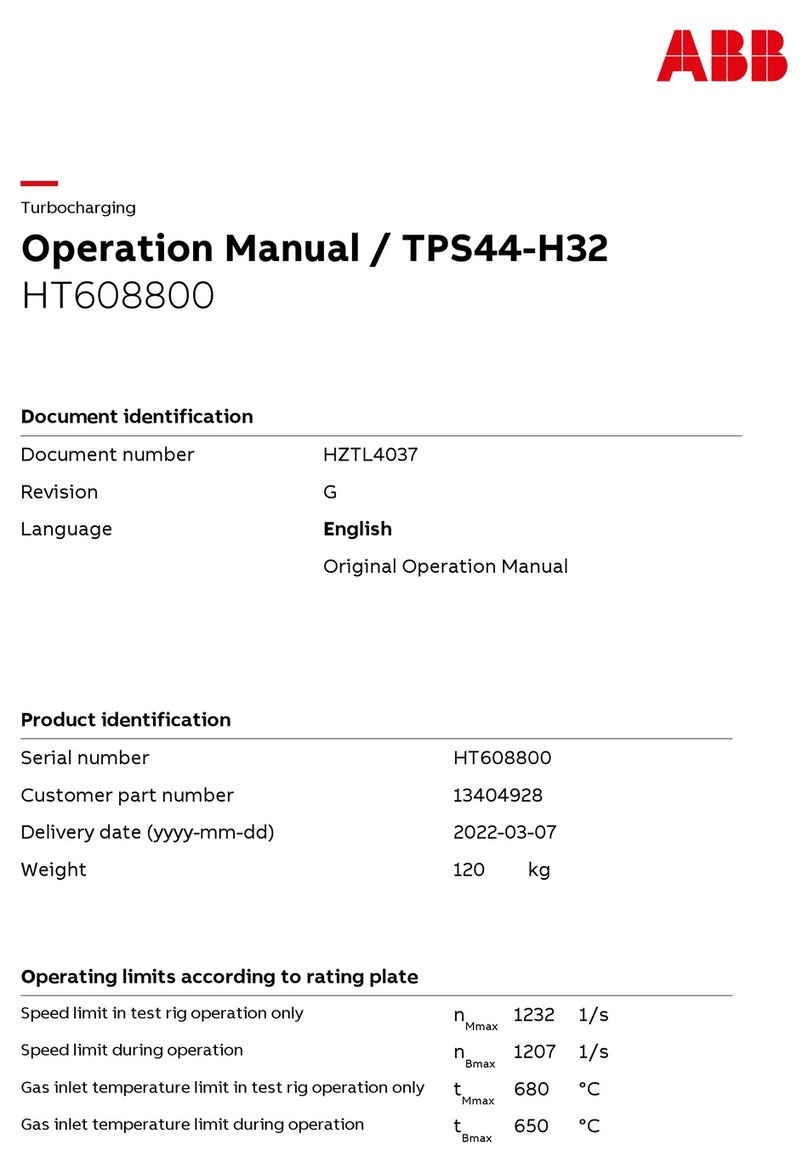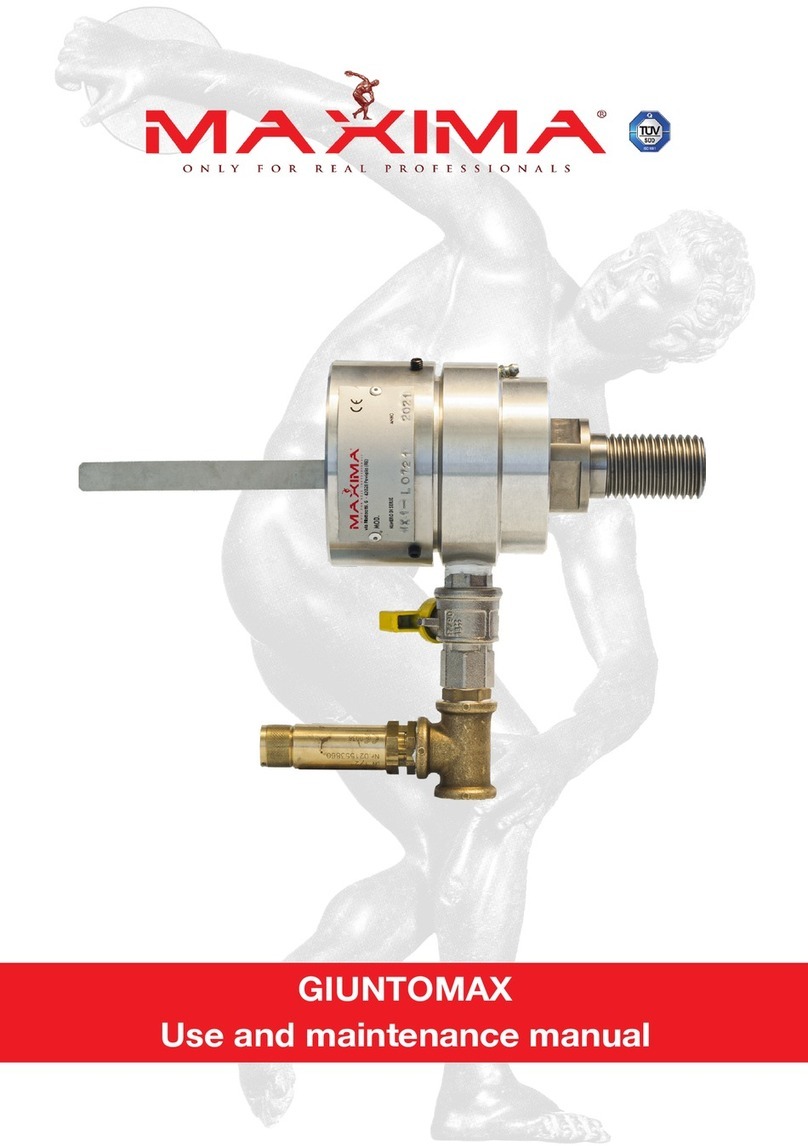
Table of contents
Section 1 Introduction............................................................................3
This manual.............................................................................................. 3
Intended audience.................................................................................... 3
Product documentation.............................................................................4
Product documentation set..................................................................4
Document revision history................................................................... 5
Related documents..............................................................................6
Document symbols and conventions........................................................ 7
Symbols...............................................................................................7
Document conventions........................................................................ 8
Section 2 DNP3 overview......................................................................9
DNP3 standard......................................................................................... 9
Documentation........................................................................................12
Section 3 Vendor-specific implementation.......................................... 13
DNP3 link modes.................................................................................... 13
DNP3 TCP/IP mode...........................................................................13
DNP3 UDP-only mode............................................................................14
Internal indications..................................................................................14
Event reporting....................................................................................... 16
Event buffers..................................................................................... 16
Command handling.................................................................................16
Automation bits..................................................................................16
Apparatus control.............................................................................. 16
Binary output status points and control relay output blocks.............. 17
Time synchronization..............................................................................18
Analog inputs.......................................................................................... 19
Analog data scaling........................................................................... 19
Analog input signal scaling for DNP3 master presentation............... 20
DNP3 points............................................................................................22
Point configuration.............................................................................22
Class assignment.............................................................................. 22
Fault record.............................................................................................22
Section 4 DNP3 parameters................................................................25
Parameter descriptions...........................................................................25
Table of contents
670 series 2.2 ANSI 1
Communication protocol manual
